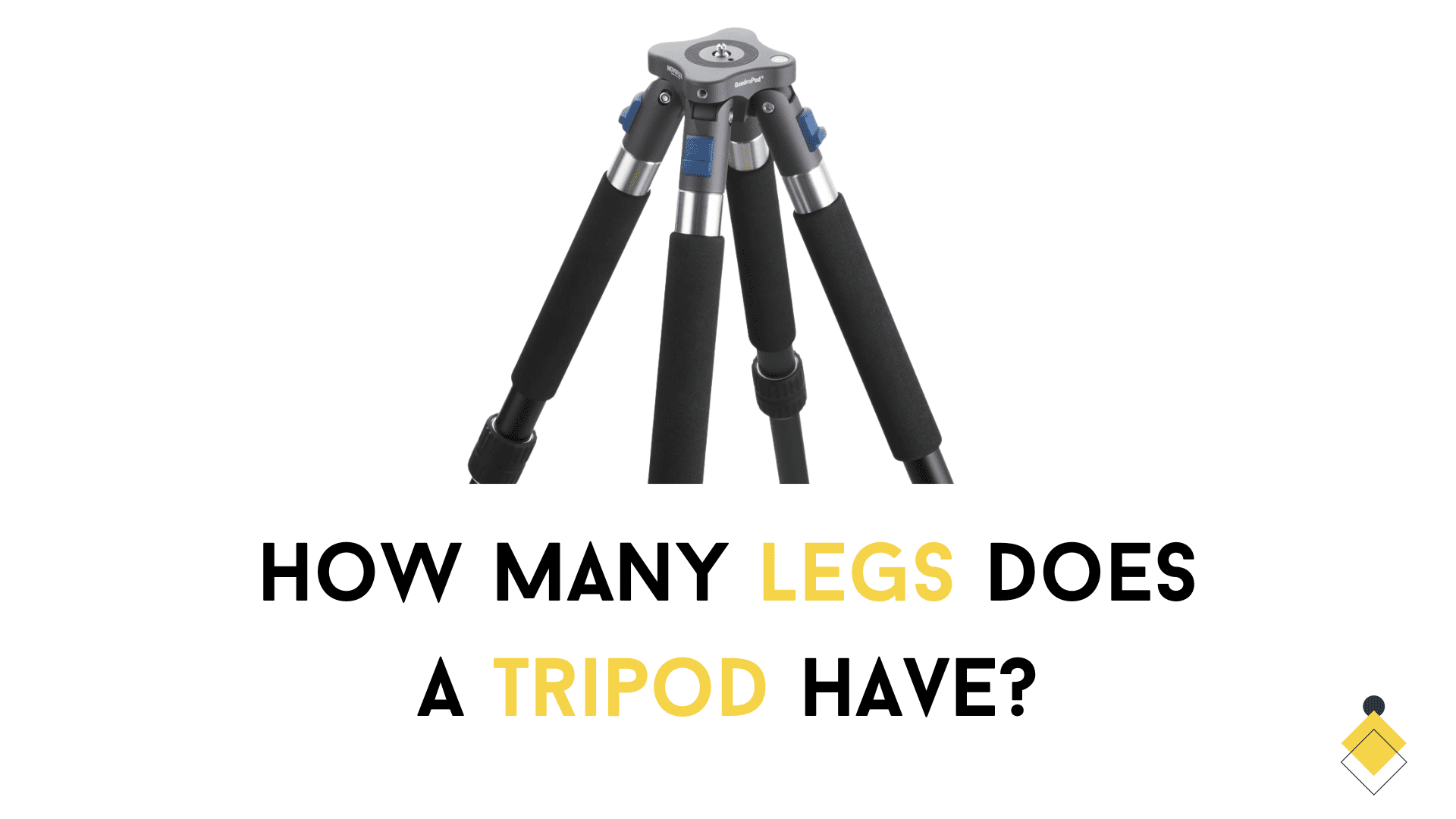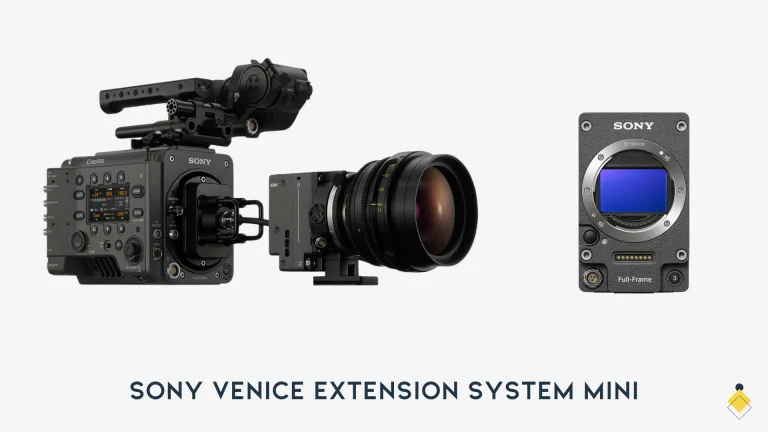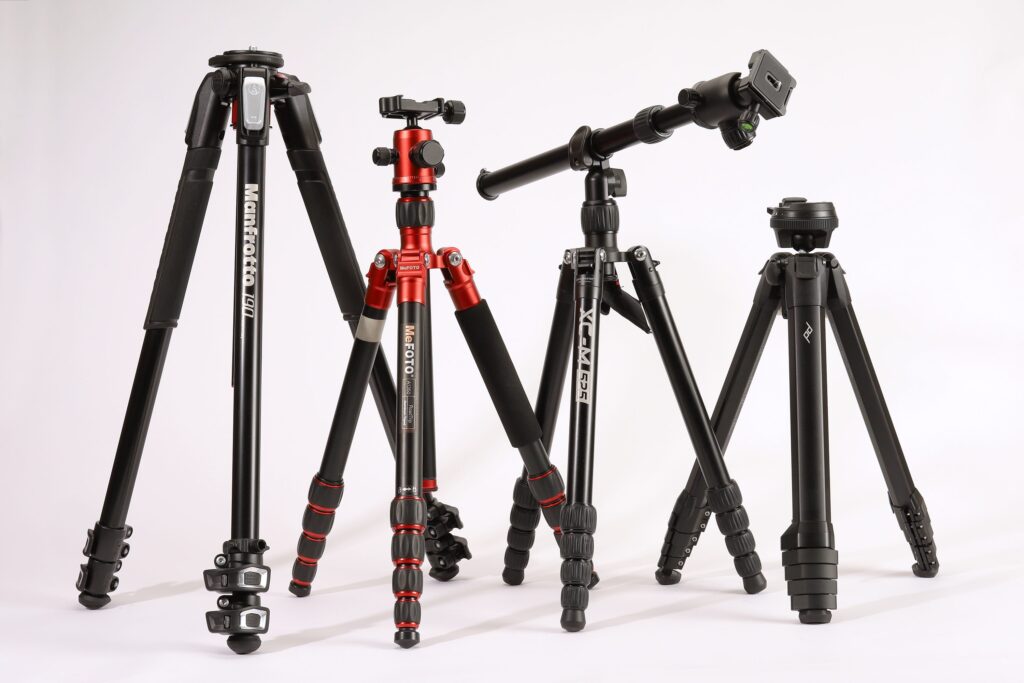
When it comes to stabilizing your camera or other equipment, a tripod is an essential tool for photographers and videographers. But how many legs does a tripod have? The key feature of a tripod that provides stability is its three legs. Let’s take a closer look at why tripods have three legs and how they provide a steady base for your camera.
The number of legs a tripod has is important for understanding what a tripod is and what it does. The word “tripod” itself contains the key – “tri” meaning three. So a tripod is a three-legged stand by definition. Tripods have three legs because this provides the optimal stability for supporting a camera or other device. The three legs spread out and create a wide, balanced base to keep the tripod and camera upright.
Why Do Tripods Have Three Legs?
Tripods have three legs because this provides the best stability compared to other leg configurations. A tripod with three legs allows it to stand freely on any type of terrain. The three legs are spread out far enough apart that the tripod won’t tip over easily. Three legs also distribute the weight evenly and lower the center of gravity.
With only one leg, a tripod would be highly unstable and tip over. Two legs are better, but the tripod could still be unbalanced. Four legs or more would make the tripod bulky and hard to position. Three legs form a perfect triangle base. Each of the three legs touches the ground at different points, stabilizing the tripod from all directions. Overall, three legs give tripods the best stability without unnecessary bulk.
What Types of Tripods Have Three Legs?
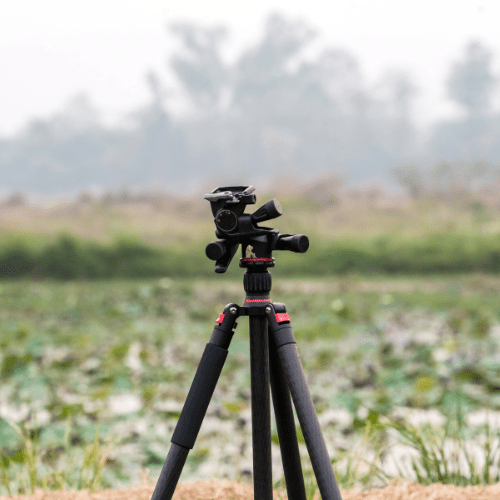
The vast majority of tripods, whether for photography, video, surveying, or other uses, have three legs. Any full-sized, standard tripod will have three legs to provide strength and stability. Miniature and tabletop tripods also typically have three legs, just on a smaller scale.
Some common types of tripods that have three legs include:
- Photography tripods – Used by photographers to stabilize cameras. Many different sizes and styles exist.
- Video tripods – Made for holding video cameras steady during filming. Often heavier duty than photo tripods.
- Travel tripods – Compact and lightweight tripods for traveling with a camera. The three legs collapse or fold up.
- Studio tripods – Large, heavy-duty tripods used in photography studios. Allow very stable and precise camera positioning.
- Tabletop tripods – Small three-legged tripods designed to sit on a table or other flat surface with a light camera.
- Tripod heads – The mount on top of tripod legs that attaches to a camera. Also have three legs for matching stability.
Do All Tripods Have Three Legs?
While tripods overwhelmingly have three legs, there are some specialty tripods made with four legs or even a single leg. However, these are less common and used for specific situations.
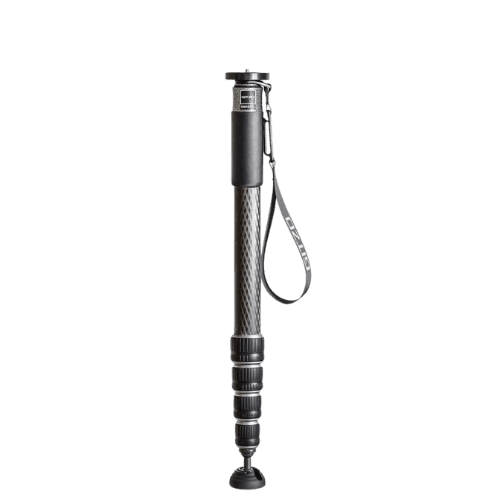
Some examples of tripods with more or less than three legs include:
- Monopods – Essentially a single-legged tripod used for added stability holding a camera.
- Quadpods – Tripods with four legs, providing some extra stability on uneven ground.
- Multi-legged tripods – Specialized tripods with four or more adjustable legs for holding very heavy equipment.
- Tripods with flexible legs – The three legs can bend or wrap around objects like poles or branches.
So in most cases, almost all tripods have the standard three legs that provide ideal stability. Tripods with other numbers of legs are more niche products for specialized use. They sacrifice some stability for other features like light weight or flexibility.
Why Are Three Legs So Important for Tripods?
The three legs are the key to a tripod’s function – to provide a stable, balanced base for a camera or other device. The three legs work together to give tripods several important stability advantages:
- Wide base – The three legs are spread out, giving a wide triangle base for balance.
- Three contact points – Each leg touches the ground at a different spot, preventing tipping.
- Weight distribution – The camera’s weight is evenly distributed through the three legs.
- Quick adjustment – Three legs allow fast repositioning and leveling on any surface.
- Reduced vibration – Three solid legs dampen vibrations better than fewer legs.
- Range of motion – Three widely-spaced legs give full range of vertical and horizontal motion.
- Sturdy support – Three strong legs provide firm support and strength for holding heavy gear.
- Flexibility – Individual three legs can each be adjusted for optimal stability.
So having three legs allows a tripod to be adjustable and adaptable while remaining sturdy. Tripods give photographers and videographers flexibility with stable camera support.
What Are Tripod Legs Made Of?
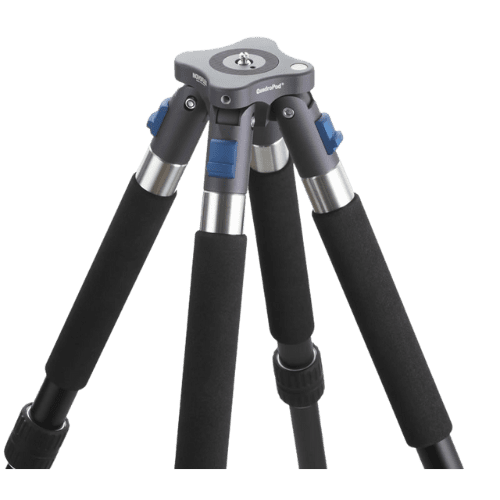
Tripod legs are usually made out of aluminum, carbon fiber, or basalt fiber. The material affects the tripod’s weight, stability, and cost.
- Aluminum – Most affordable option but heavier than carbon fiber or basalt. Provides good vibration dampening.
- Carbon fiber – More expensive but extremely light and portable. Not quite as stable as aluminum.
- Basalt fiber – An emerging material alternative to carbon fiber. Provides better vibration dampening.
Tripod leg designs also include features like multiple leg sections, twist locks, and rubber feet. These enhance stability on uneven surfaces while allowing height adjustment. Quality tripod legs are essential for optimal camera stability.
Other Tripod Design Factors for Stability
In addition to the three legs, other parts of a tripod’s design impact its stability:
- Feet – Large rubber feet provide traction and prevent sinking on soft ground. Retractable spikes give extra grip.
- Ball head – Compact tripod heads that allow smooth, flexible camera positioning.
- Pan/tilt head – Larger video tripod heads provide precise control of pan and tilt motions.
- Load capacity – Tripods meant for heavy gear have higher weight capacities for better stability.
- Center column – Thicker center brackets prevent bounce and vibration. Removable for low shots.
- Leg braces – Extendable braces between legs improve rigidity under heavy loads.
- Leveling – Built-in bubble levels and compass mounts allow precision level positioning.
Why are Tripods Important for Photographers and Videographers?
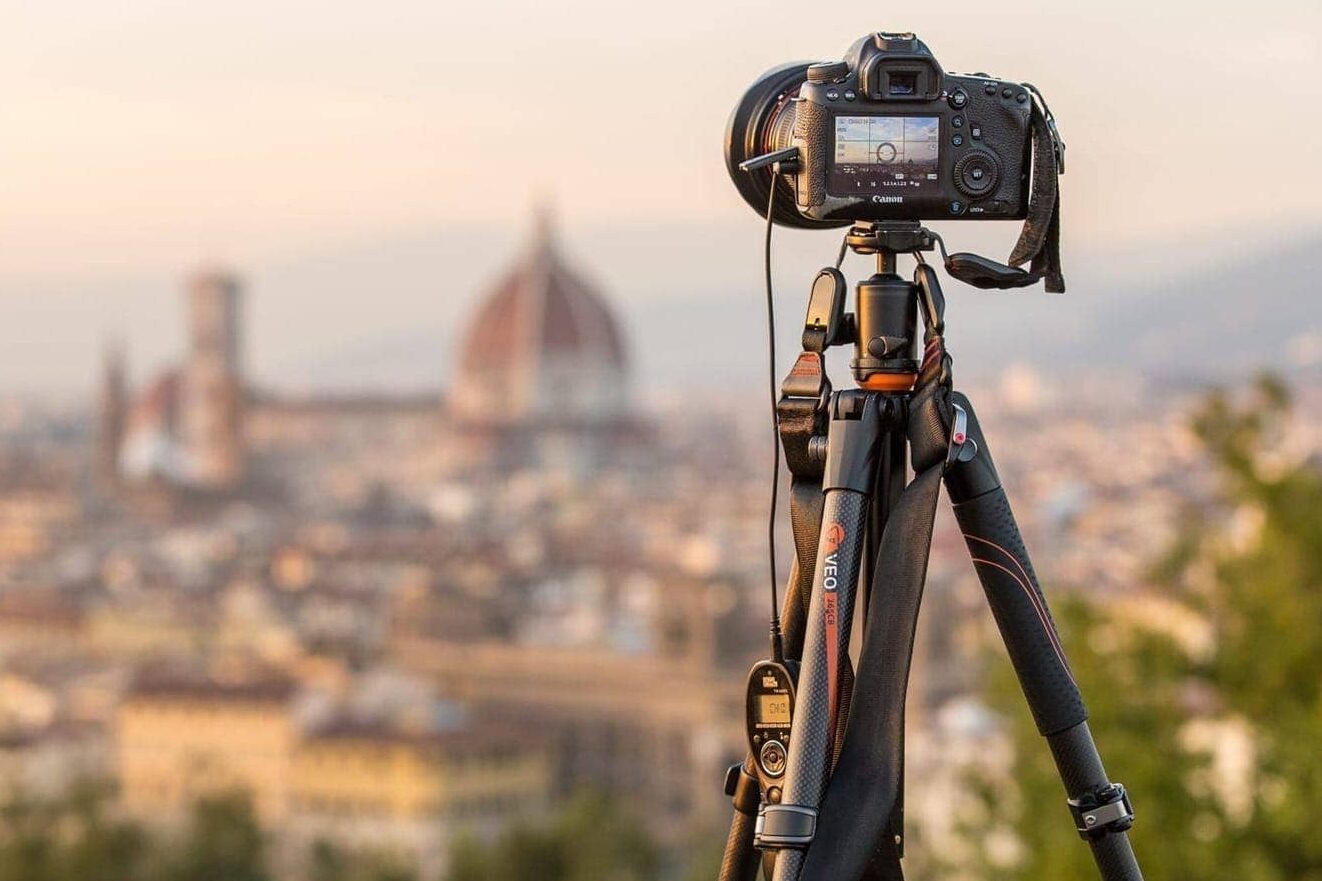
Tripods are essential tools for photographers and videographers to stabilize cameras and get sharper, blur-free images and smoother video footage. Some key reasons tripods are important include:
- Eliminate camera shake – Tripods hold the camera completely still, preventing jittery images.
- Allow long exposures – Tripods let you take clear, crisp long exposure photos not possible handheld.
- Get sharper photos – Even at faster shutter speeds, tripods give tack sharp focus by stabilizing the camera.
- Smooth video pans/tilts – Fluid tripod head movements provide smooth cinematic camera motions during video recording.
- Frame perfect shots – Tripods allow carefully composing and framing shots from a fixed position.
- Use large lenses – Big, heavy lenses like telephotos require a stable tripod for support.
- Shoot in low light – Tripods let you use slow ISOs and apertures for low noise and maximum depth of field.
- Take self-portraits – Tripods make taking selfies or recording video much easier and more flattering.
Conclusion
At their core, tripods have three legs because it provides optimal stability for photography and videography. The three legs form a balanced base that prevents tipping and dampens vibrations. Tripods can come in many shapes and sizes, but almost all have the classic three legs that give them their essential stability and flexibility. So if you’re wondering “how many legs does a tripod have?”, the answer is three – the ideal number for providing camera support and crystal clear images.
FAQ – Tripod legs
A tripod typically has three legs. These three legs provide the balanced support necessary to keep the camera stable and prevent shakes or movements.
Yes, there are many different types of tripods available. This includes the traditional tripod with three legs, monopods with just one leg, and tabletop tripods that are much smaller and often used for more lightweight cameras.
A tripod is used to stabilize a camera. Simply extend the three legs, ensuring that they are balanced on the ground, then mount your camera onto the tripod’s head. Some tripods may have a center column, which can be extended to adjust the height of your camera.
Three legs provide the optimum balance for a tripod. Adding four or more legs would actually make the tripod less stable as the additional legs would be redundant and could introduce instability.
Yes, the weight of your camera is an important factor to consider when choosing a tripod. Some tripods are better suited for lighter cameras, while others, especially full-sized tripods, can handle heavier ones.
Tripods with three legs are often used in photography and videography to stabilize the camera and prevent shaky or unsteady footage. They’re especially useful for long-exposure photography, landscapes, portraits, studio work, and more.
Some camera supports are referred to as “monopods” because, unlike tripods, they only have one leg instead of three. Monopods can also be used to stabilize a camera, but they are more portable and convenient for situations where setting up three legs isn’t practical.
Tripods with telescopic legs are particularly versatile. They can be extended or retracted to adjust the height of the camera quickly and conveniently. This makes them perfect for a wide range of shooting scenarios.
The center column of a tripod adds height without adding width. It also provides increased flexibility, allowing the tripod to be adjusted to just the right position. However, when fully extended, a center column may impact the overall stability of a tripod.
When choosing a tripod, you should consider the weight of your camera, the type of photography you do, the materials the tripod is made from, the max and min height of the tripod, load capacity, and whether it has a center column, among other features.

